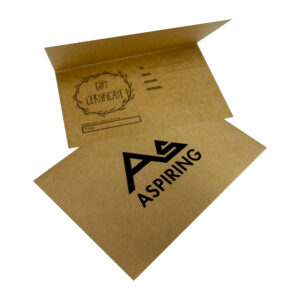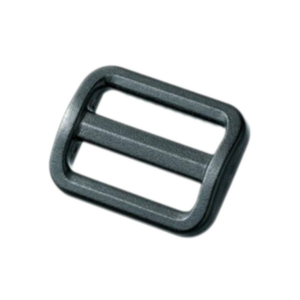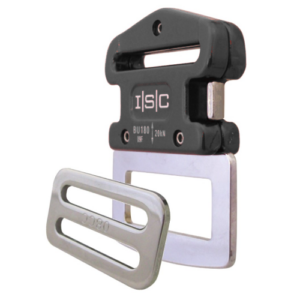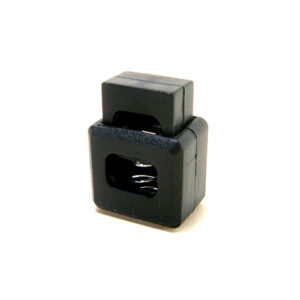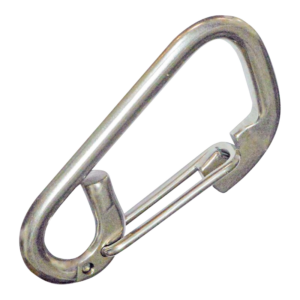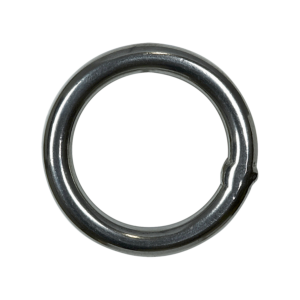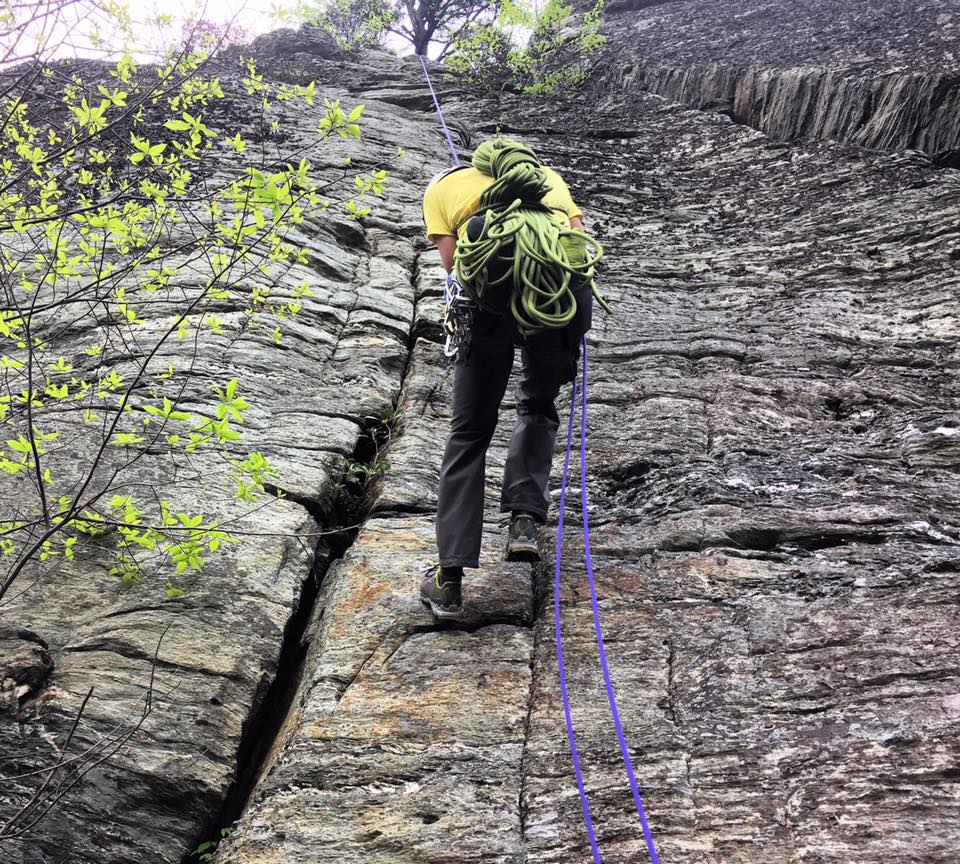Blog, Climbing, Height Safety
How to Care for and Clean Your Climbing Rope
When you’re rock climbing, mountaineering, caving, or canyoning your life literally depends on the integrity of your gear. You need equipment that functions properly every time — and that means dedicating a certain amount of time to taking care of your gear. Your climbing rope is perhaps the epitome of this mantra as it is your literal lifeline on the mountainside. Climbing ropes require consistent inspection, proper storage, and routine cleaning to ensure their longevity. Let’s look at some of the ways you should be caring for and cleaning your climbing rope.
Proper Care

When you’re using your climbing rope at the crag, it’s important to treat it with care. This might entail using a rope bag (recommended), not carelessly stepping all over it, and keeping your furry friends away in case they might consider your precious rope a desirable chew toy. If you’re new to the sport, attaining a basic education on rope management is recommended. Properly flaking out your rope every time will prevent unwanted kinks and twists. Keeping your rope out of the dirt will prevent build-up of unwanted grime or damage to the load bearing yarns. When top roping and running your rope over rock edges from the anchor, use a rope protector to limit abrasion. Limit unnecessary exposure to sunlight and water — even if your rope is dry-treated. Adamantly avoid any contact with chemicals and you can even limit the contact with your own chalked hands by chalking up after you tie-in. It’s important to store your rope in a cool, dry area, preferably in a rope bag.
An additional note — if you’re purchasing a rope for the first time, make sure it is from a reputable manufacturer and adheres to all major safety standards.
Check out our collection of climbing ropes.
Inspection

As part of standard rope care, you should inspect your climbing rope on a regular basis. The best time to do this is when you first pull it out of its rope bag or backpack at the start of any climbing expedition. As you flake out the rope, run your hands along the entire length, checking for abrasions or soft spots. A little bit of fuzziness and dirtiness is acceptable but major sponginess indicates a shot core. Excessive roughness or fuzziness could be problematic as well, and cutting out an end (if the damage is on one end) is recommended, and possibly retirement depending on the extent of the damage. You should immediately retire a rope if it has been subjected to excessive forces, chemical damage, or anything that indicates sheath or core failure. It is best to err on the side of caution — climbing ropes are replaceable, but your life is not. We’ve outlined a lifespan guide below, but remember these are just recommendations. You should use your best judgement deciding when to retire a climbing rope.
Climbing Rope Lifespan Guide:
Never used, still in packaging: 10 years
Occasional use (monthly), proper cleaning and storage: 3-6 years
Occasional use (bi-weekly), proper cleaning and storage: 1-3 years
Frequent use (weekly), lots of lead falls: 1 year of use, then top rope use for another 2-3 years
Following a large fall or damage: Retire immediately
Washing

Washing a dirty climbing rope is one of the most effective ways to extend its lifespan. There are not set guidelines for how often you should wash your rope, but you should use your best judgement. Especially when your rope physically appears dirty, it’s probably time to clean it. Otherwise, do so routinely depending on how much you use it. It is recommended that you wash your rope using a large bucket or a bathtub as opposed to a washing machine, although using a front load washing machine on the delicate setting without the spin cycle is okay. Placing your rope in a mesh bag for the duration of the cycle will help avoid unwanted kinking and twisting. DO NOT use detergents, bleach, or any kind of possibly harmful cleaning chemical when washing your rope. Specifically formulated rope soap is the best thing to use to clean your rope.
One acceptable method for washing your rope is to fill a tub with warm water, add rope-specific cleaner, and flake out your rope into the tub. Use your hands to swish it around, making sure to apply hands-on friction to every section of the rope. This could also be a good time to do a thorough inspection of your rope for any damage. When you’re finished cleaning, you need to rinse the rope thoroughly. The best way to do this is to empty the bathtub and then refill it with clean, lukewarm water. Run your hands along the length of the rope again in order to remove the rest of the soap. When you’re finished, you need to dry it completely. The easiest way to approach this is to flake it onto a towel or drape it over a shower curtain rod. Never use a tumble dryer and don’t hang it out to dry in the sun.
Another acceptable method for washing your climbing rope is to use the Bokat Rope Washer. This product is essentially a tube with a built-in brush designed to remove dirt and debris. It works using your hose — just hook it up to your hose and pull the rope through the washer. This is especially efficient if you’re worried about the presence of grit or sand on your rope and the possibility for the potentially harmful debris to penetrate the yarns or work their way into the core.
Repairing Minor Damage

If a small area of your rope is damaged close to one of the ends, cutting out the end is possible, but this procedure must be executed with care. The easiest way to do this is to cut it out with a sharp knife at least half a foot up from the damaged area and then use a lighter to seal off the freshly cut rope section. Remember, your rope will now be shorter, so wherever your middle mark is located will no longer be accurate. If you would like to make a new middle mark, you can use this rope-safe marker pen.
Properly caring for your rope can save your life and extend its longevity. Treat your rope with care!












